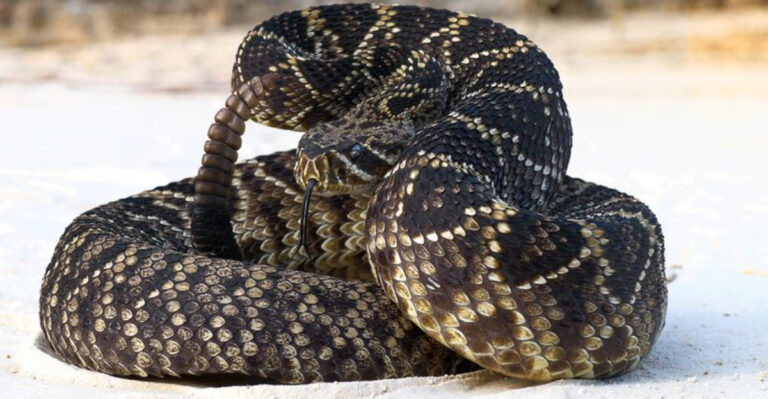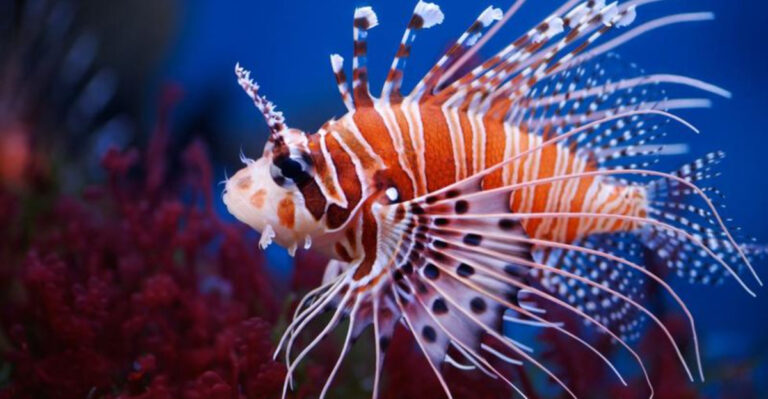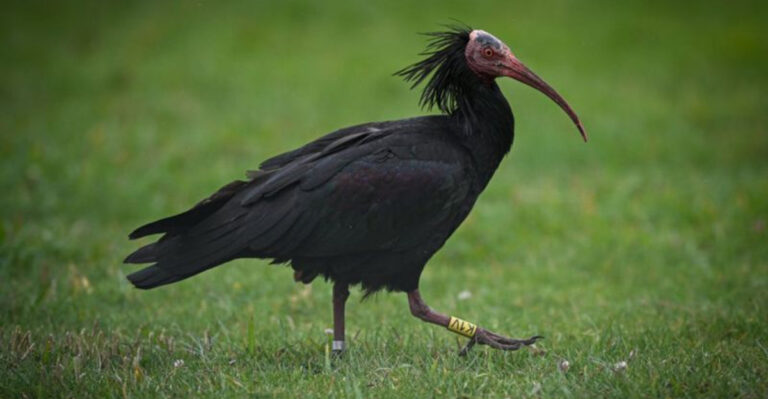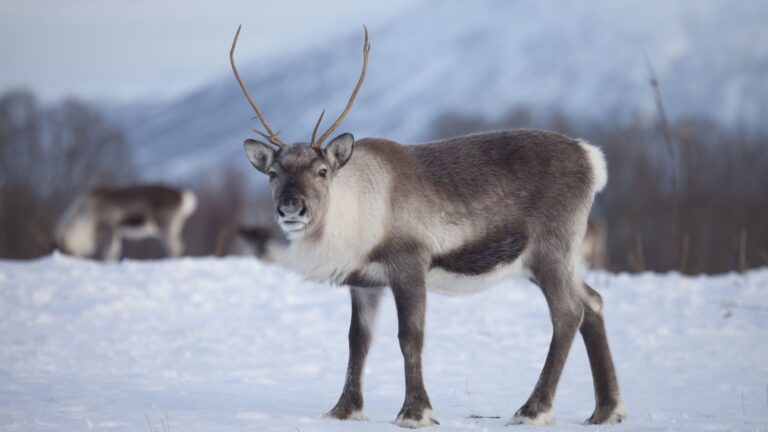Fascinating Facts About The Graceful Demoiselle Crane
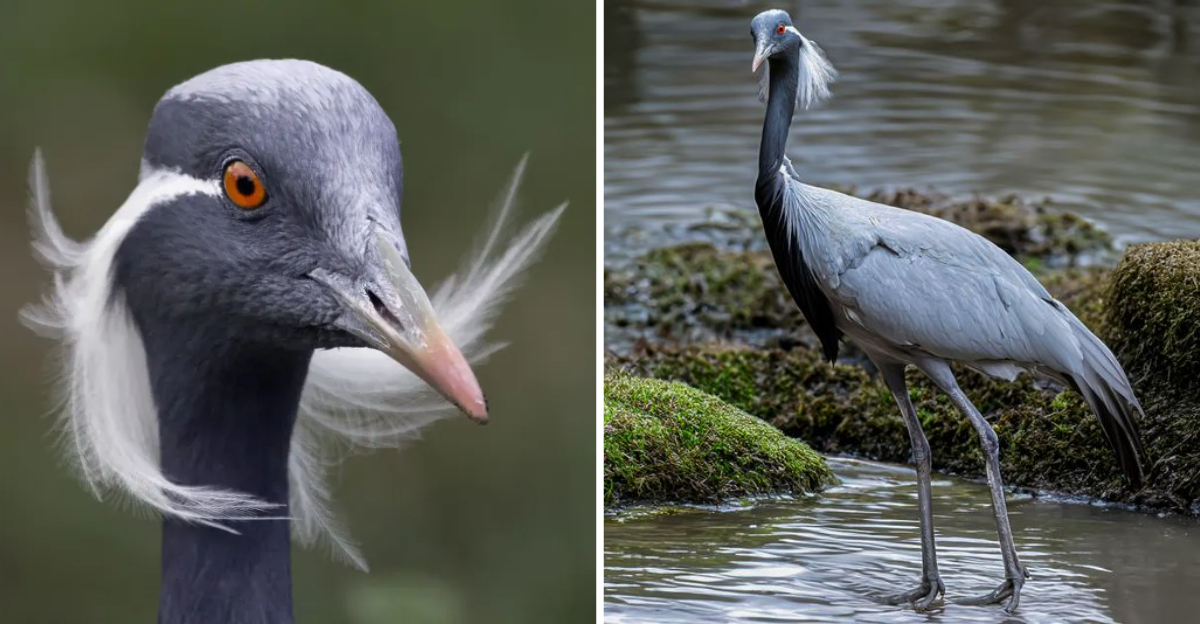
The Demoiselle Crane stands out as one of nature’s most elegant creatures, captivating bird enthusiasts worldwide with its graceful movements and striking appearance.
These slender birds with their long necks and legs perform elaborate courtship dances that have inspired human cultures for centuries.
Join me as we explore twelve fascinating facts about these remarkable birds that migrate across continents and have adapted to some of Earth’s most challenging environments.
1. Smallest Crane Species
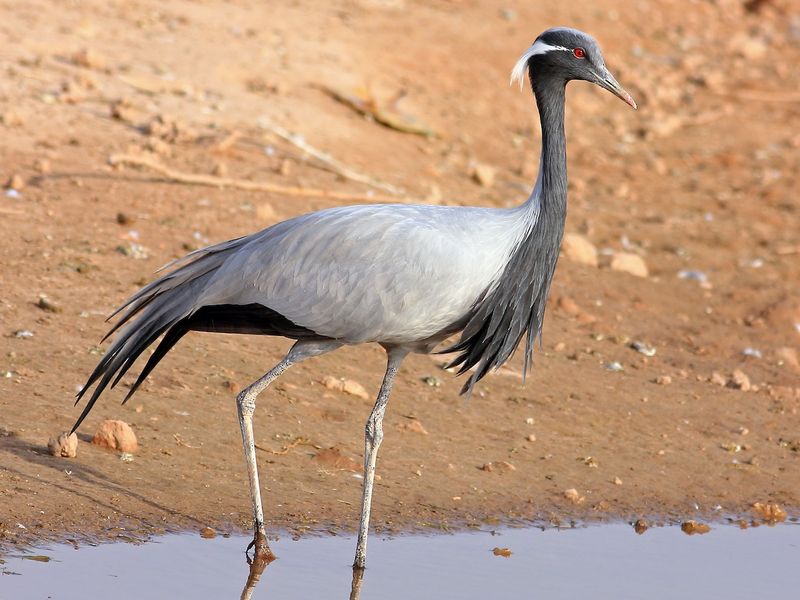
Standing at just 35 inches tall, the Demoiselle Crane holds the title of the smallest crane species in the world. Despite their petite stature compared to their crane cousins, these birds pack plenty of personality into their compact frames.
Their lightweight build (typically 2-3 kg) makes them incredibly agile both on the ground and in flight. The name ‘Demoiselle’ was given by Queen Marie Antoinette, referencing the bird’s delicate and maiden-like appearance.
Their small size doesn’t limit their endurance – these mighty travelers complete some of the most challenging migrations of any crane species.
2. Marathon Migrators
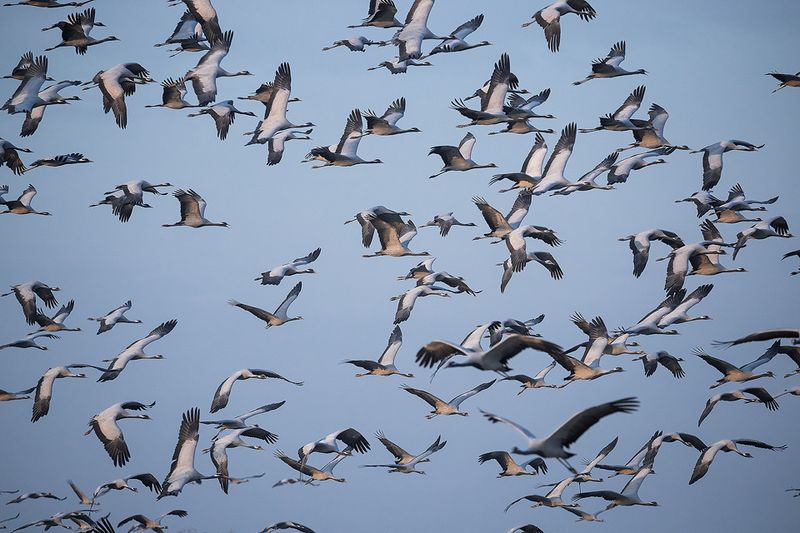
Twice yearly, these incredible birds embark on one of nature’s most perilous journeys – flying over the Himalayan mountains at altitudes exceeding 26,000 feet. Oxygen is scarce at these heights, making their migration a true test of avian endurance and physiological adaptation.
Their route takes them from breeding grounds in Central Asia to wintering areas in India and Africa, covering distances of up to 4,000 miles. Unlike many migratory birds, they travel during daylight hours in V-formations.
What’s truly remarkable? They navigate these treacherous mountain passes rather than taking easier routes around them.
3. Elaborate Courtship Dances
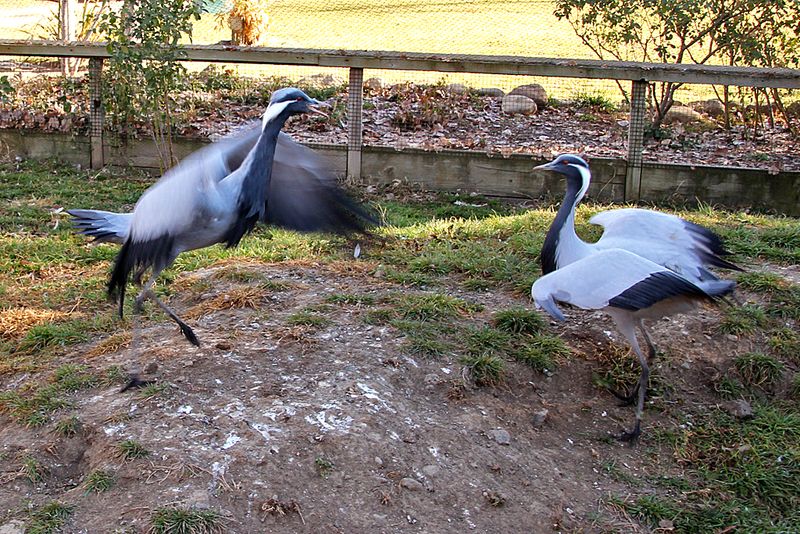
Romance blooms spectacularly when Demoiselle Cranes perform their famous courtship rituals. Males leap energetically into the air, bowing with spread wings while producing trumpeting calls that echo across the grasslands. Females respond with their own graceful movements, creating a synchronized ballet.
These dances aren’t just beautiful – they serve as crucial bonding experiences that help establish lifelong partnerships. The complexity of their choreography has fascinated ornithologists for centuries.
Young cranes practice these dance moves from an early age, perfecting their technique long before they’re ready to find a mate. Their performances have inspired human dance traditions across Asia.
4. Distinctive Black Neck Plumage
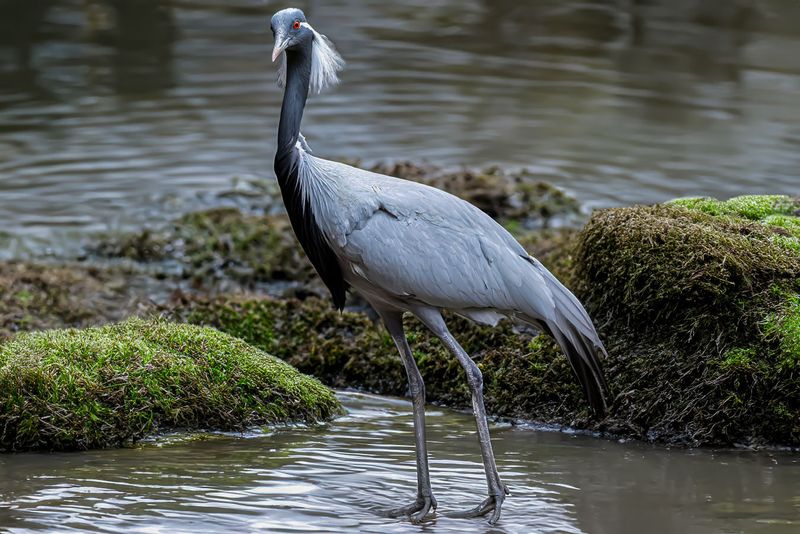
Unlike other crane species with their typical white necks, Demoiselle Cranes sport striking black neck feathers that cascade down their front like an elegant necklace. This dramatic coloration contrasts beautifully with their pearl-gray bodies and white ear tufts.
The black feathers aren’t just for show – they play a vital role in courtship displays and territorial signaling. When the crane extends its neck during displays, these feathers become even more prominent.
Juvenile Demoiselles lack this distinctive feature until they reach maturity around two years of age. Their gradual development of these trademark black feathers signals their readiness for breeding.
5. Ancient Cultural Significance
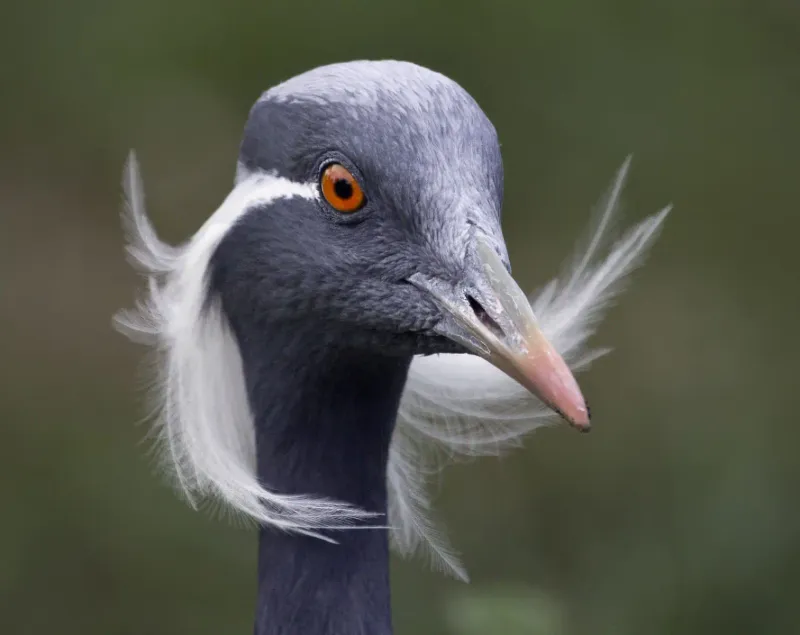
Throughout history, Demoiselle Cranes have inspired human cultures across their vast range from Europe to Asia. In ancient Egypt, their graceful images adorned temple walls, symbolizing dawn and rebirth in the cycle of life.
Indian mythology celebrates these birds as messengers of the gods, while Mongolian folktales portray them as vessels of ancestral spirits. Their arrival and departure mark important seasonal changes for many traditional communities.
The crane’s faithful partnership has made it a powerful symbol of marital harmony in Asian cultures. In Japan, origami cranes inspired by species like the Demoiselle represent good fortune and longevity.
6. Extraordinary Vocal Abilities
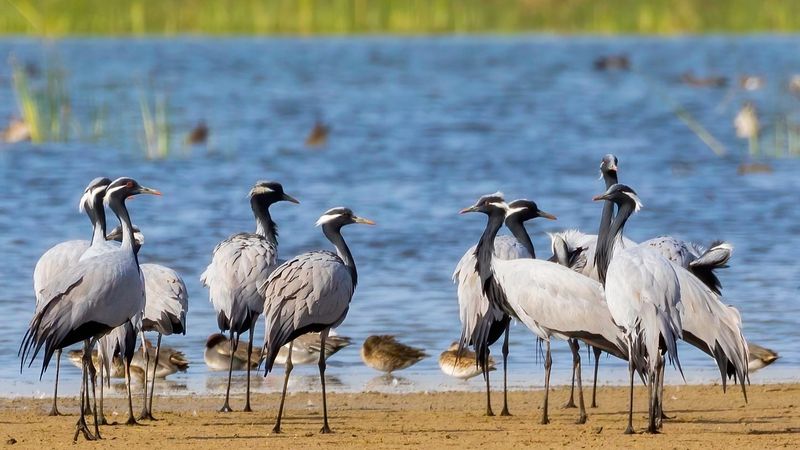
The Demoiselle Crane’s trumpeting call can be heard from over a mile away, thanks to their uniquely elongated windpipe that coils within their breastbone. This anatomical adaptation functions like a brass instrument, amplifying their distinctive vocalizations.
Parents and offspring recognize each other’s individual voices among thousands in a flock – an essential skill during chaotic migrations. Young cranes begin practicing their calls shortly after hatching, gradually developing their adult voice.
During migration, their constant contact calls help maintain flock cohesion across vast distances. The frequency and pattern of their calls change based on whether they’re alarmed, courting, or simply communicating location to family members.
7. Adaptable Habitat Pioneers
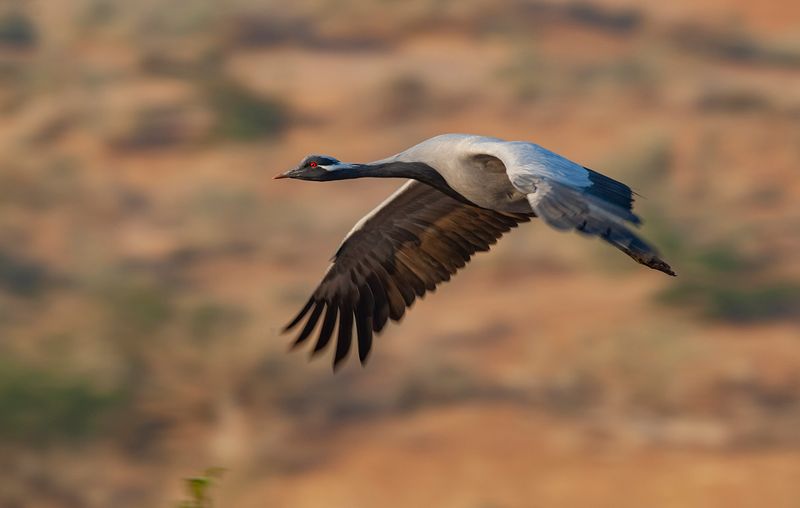
From the frigid steppes of Mongolia to the scorching plains of northern Africa, Demoiselle Cranes have mastered survival across an astonishing range of environments. Their adaptability to extreme temperature variations exceeds that of most crane species.
Unlike other cranes that require wetlands, Demoiselles prefer dry grasslands and agricultural areas. This flexibility has helped them maintain stable populations while many wetland-dependent crane species face decline.
They’ve even adapted to human-modified landscapes, often feeding in cultivated fields during migration stops. However, this adaptation comes with risks – increasing conflicts with farmers have become a conservation concern in some regions.
8. Devoted Parents
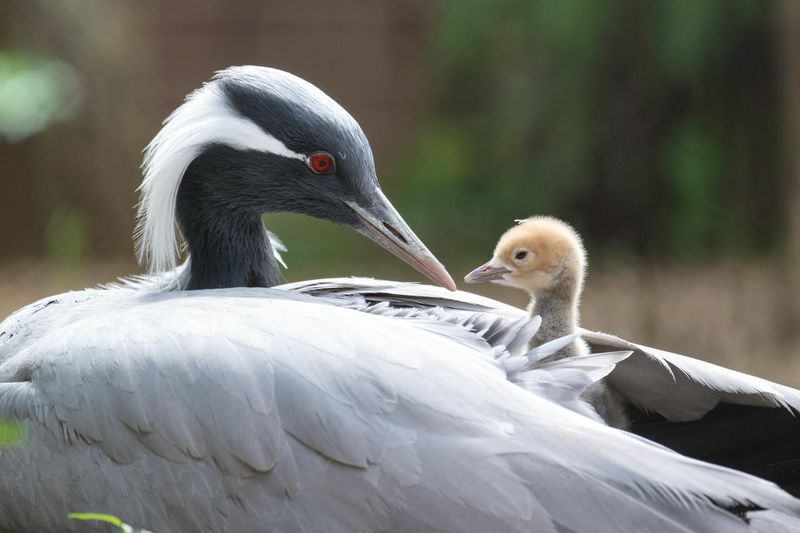
Parenting is a serious commitment for Demoiselle Cranes, with pairs forming bonds that often last for life. Both parents share incubation duties for their typically two-egg clutch, trading places with elaborate ceremonies that strengthen their partnership.
Baby cranes (called colts) can walk within hours of hatching but remain under their parents’ watchful protection for nearly a year. The family stays together through the grueling migration journey, with parents teaching crucial survival skills along the way.
Young cranes learn to forage, avoid predators, and navigate by carefully observing their parents. This extended family unit creates one of the strongest parent-offspring bonds in the bird world.
9. Surprising Omnivorous Diet
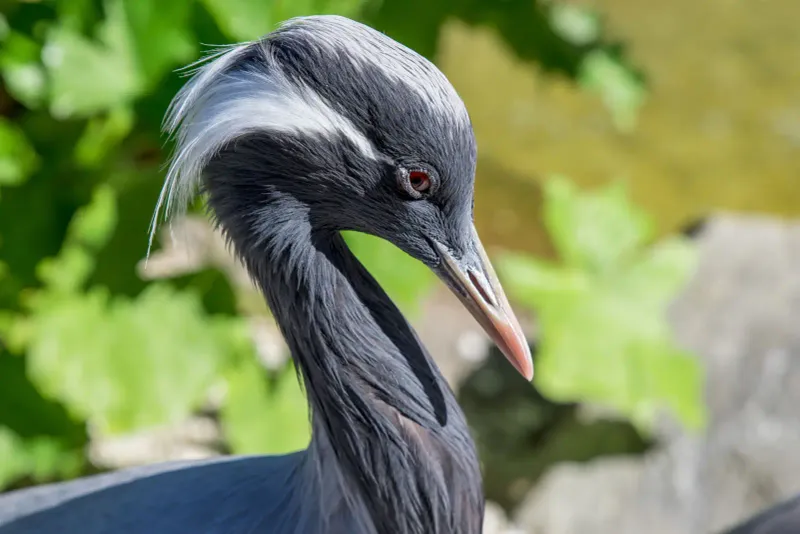
Though they might appear dainty, Demoiselle Cranes maintain a surprisingly varied diet that shifts with the seasons and available resources. During breeding season, they become protein-hunters, eagerly consuming insects, small reptiles, and even rodents that they catch with lightning-quick strikes.
Their long bills probe soil with surgical precision, extracting hidden invertebrates. Come autumn, they transition to a plant-based diet of grains, berries, and tubers to build fat reserves for migration.
Agricultural expansion has actually benefited them in some regions by providing abundant grain. However, pesticide use poses a growing threat as chemicals accumulate in their bodies from contaminated food sources.
10. Remarkable Longevity
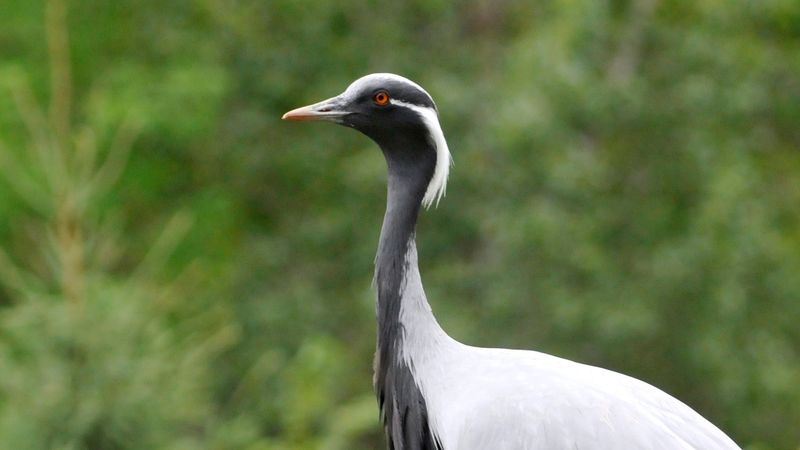
With lifespans reaching up to 25 years in the wild, Demoiselle Cranes rank among the longest-lived bird species. Their extraordinary longevity means a single bird might complete the perilous Himalayan migration fifty times during its lifetime!
Age brings wisdom in crane society – older birds often lead migration formations, using experience gathered over decades to navigate the safest routes. Pairs that have been together for many years show increasingly synchronized behaviors in dancing and parenting.
Scientists study their slow aging process for insights into avian longevity. Their remarkable immune systems allow them to resist diseases that would devastate shorter-lived bird species.
11. Incredible Flight Formations
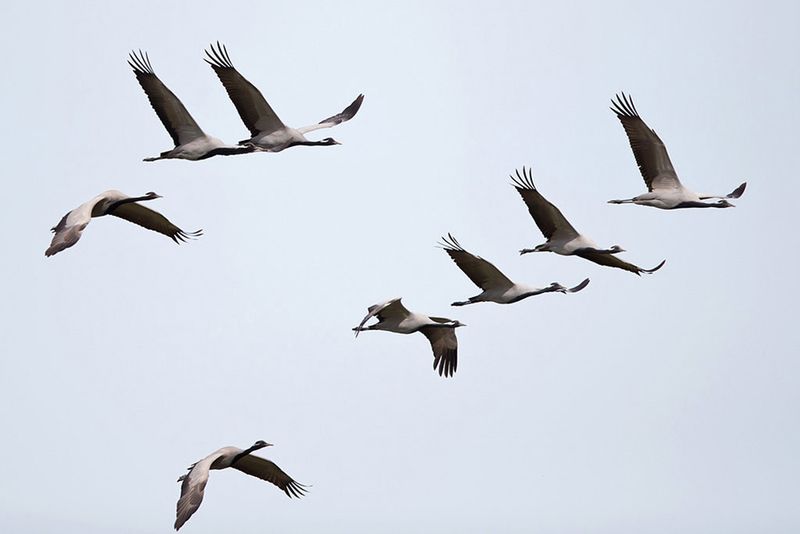
Flying in perfect V-formations isn’t just visually striking – it’s a brilliant energy-conservation strategy that Demoiselle Cranes have perfected. Each bird flies slightly above the bird in front, catching the upwash of air created by the forward bird’s wingtips.
This aerodynamic advantage reduces energy expenditure by up to 20%. The formation leadership rotates, allowing tired birds to fall back while fresher ones take the challenging front position.
Their flight speed averages 45-60 mph, with heights reaching over 26,000 feet during mountain crossings. Remarkably, they can adjust their formation shape in response to changing wind conditions, demonstrating sophisticated collective flight intelligence.
12. Unique Sleeping Habits
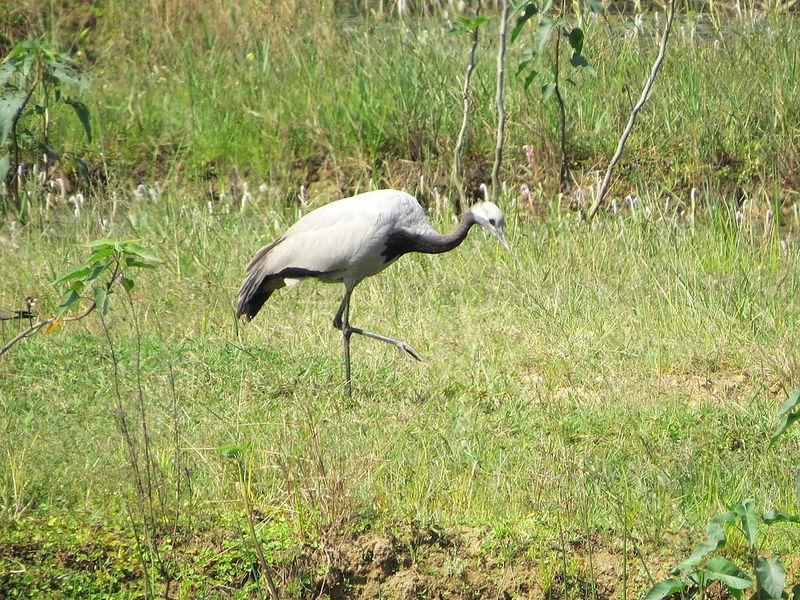
Demoiselle Cranes have mastered the art of sleeping on one leg – a peculiar behavior that serves multiple clever purposes. This posture minimizes heat loss by reducing contact with cold ground and keeps one leg always ready for a quick takeoff if predators approach.
Even more fascinating is their ability to sleep with one eye open, allowing half their brain to rest while the other half remains alert to danger. This adaptation, called unihemispheric slow-wave sleep, is particularly valuable during migration stops in unfamiliar territory.
When feeling secure, they tuck their heads under their wings, but in exposed areas, they sleep standing fully upright with necks extended, resembling motionless sentinels.

